Our expertly curated multi-day land tours invite you to discover the best of Alaska and make one incredible memory after another. Join a local Alaskan guide and experience the real Alaska: wilder, bigger, and more beautiful than you could ever have imagined.
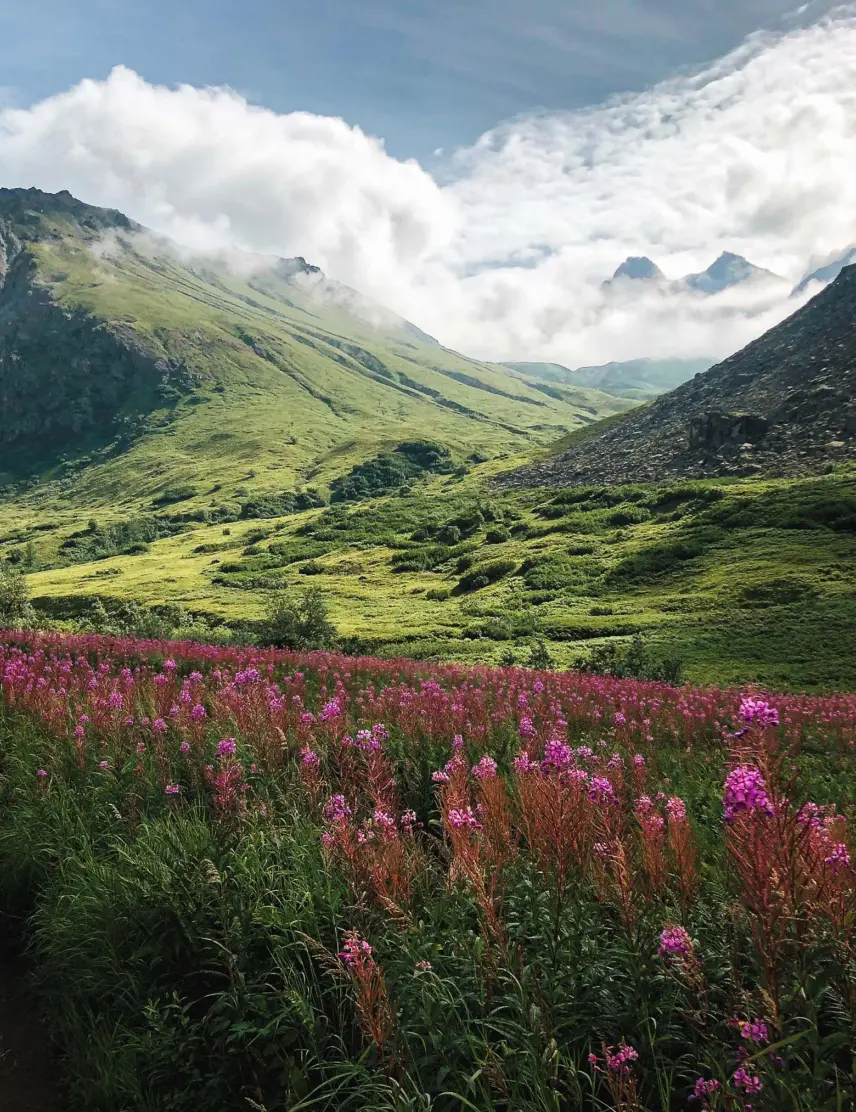
Best of Alaska (8 Days)
Departures: May, Jun, Jul, Aug
This tour ventures deep into Alaska’s scenic backcountry, bringing you close to awe-inspiring landscapes and wildlife.
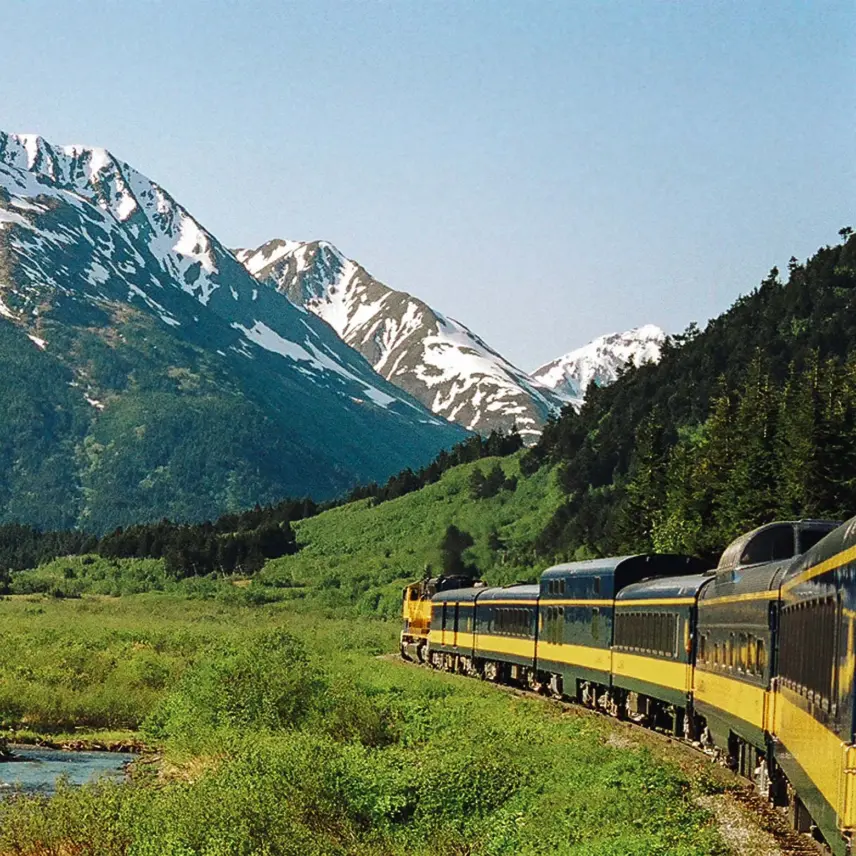
Grand Discovery (10 Days)
Departures: May, Jun, Jul, Aug
Our premium adventure, this tour gives you the very best of our Alaska land tours along with a few extra days to spend at your leisure.
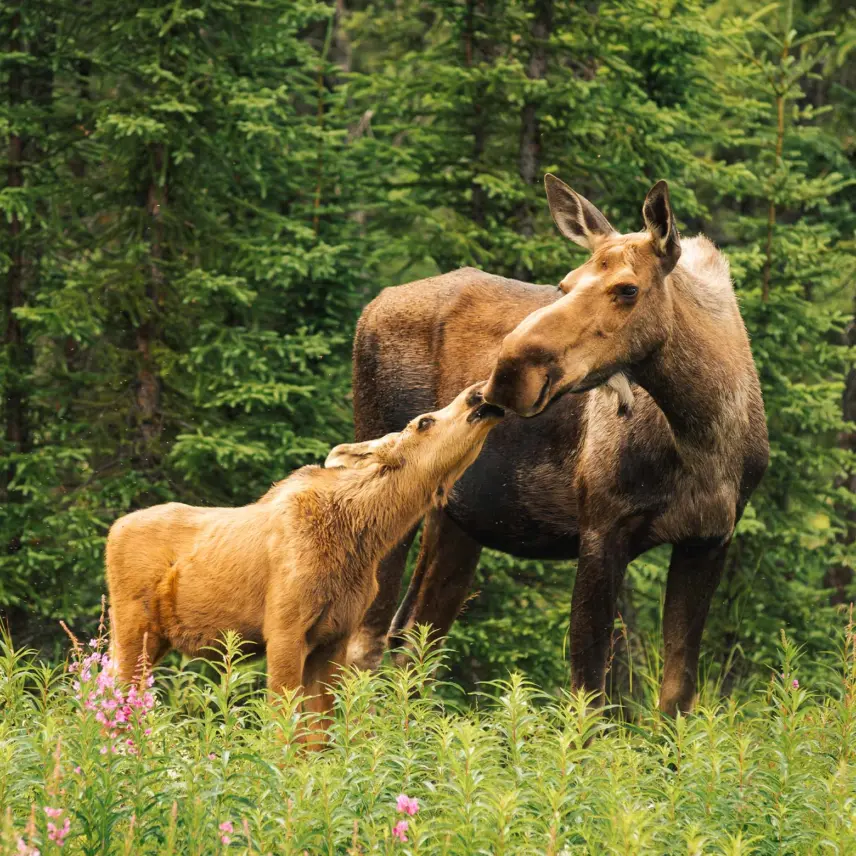
Alaska Full Circle (10 Days)
Departures: Jul, Aug
This tour showcases the more hidden gems of Alaska. Experience up to five national parks, two towering mountains, and incredible wildlife.
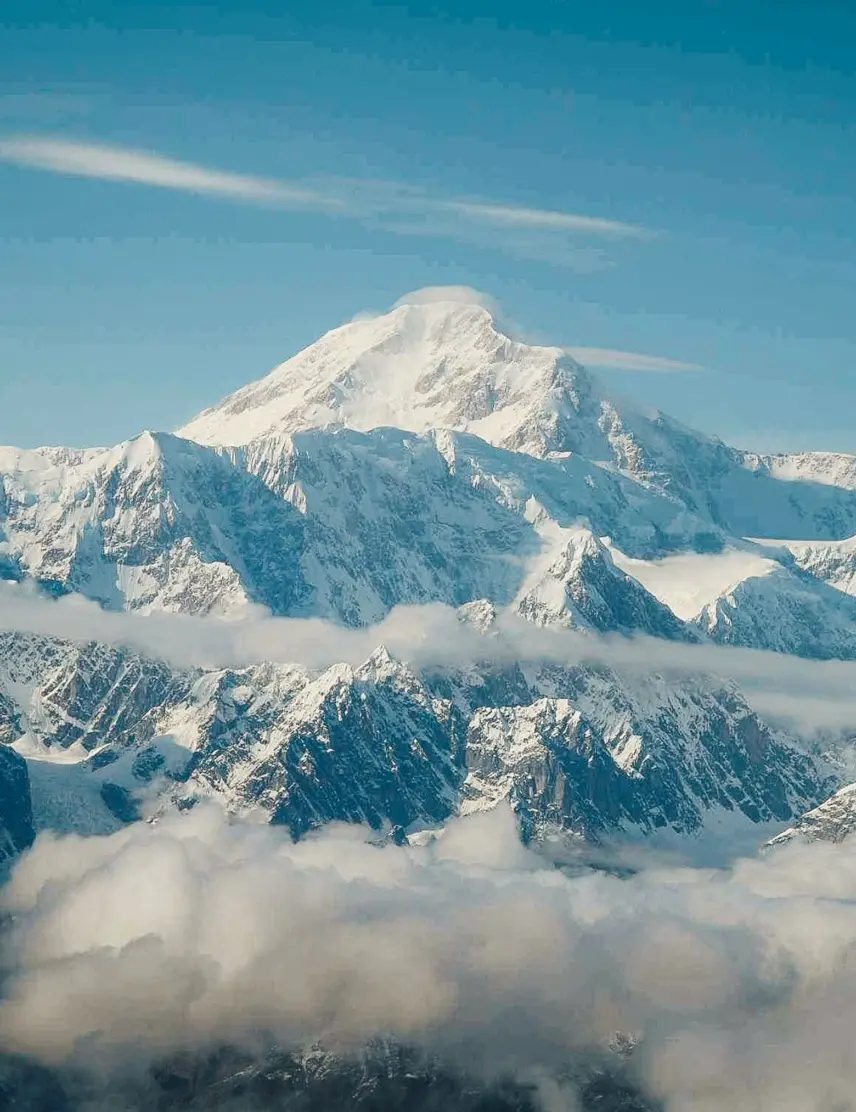
National Parks Tour (12 Days)
Departures: Jul
Visit seven spectacular national parks and experience Alaska’s wildlife, culture, and adventure.
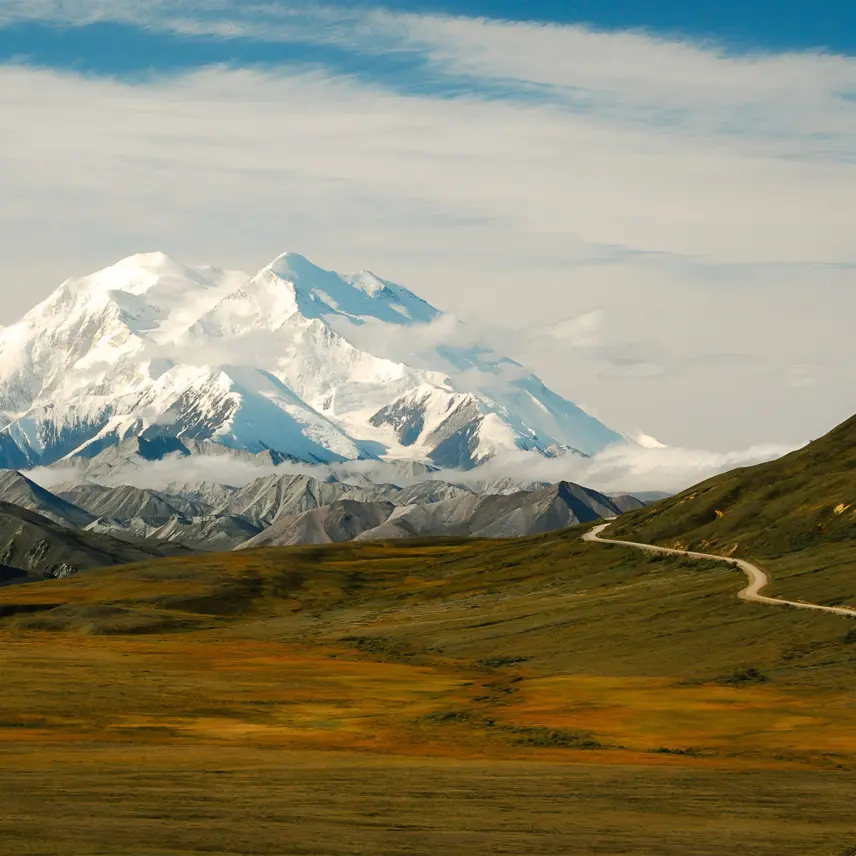
Denali Fall Colors (7 Days)
Departures: Aug, Sep
Offered once the foliage starts to turn, this tour pairs Alaska’s spectacular, colorful early fall with must-see wildlife, glaciers, and the majestic Mt. Denali.
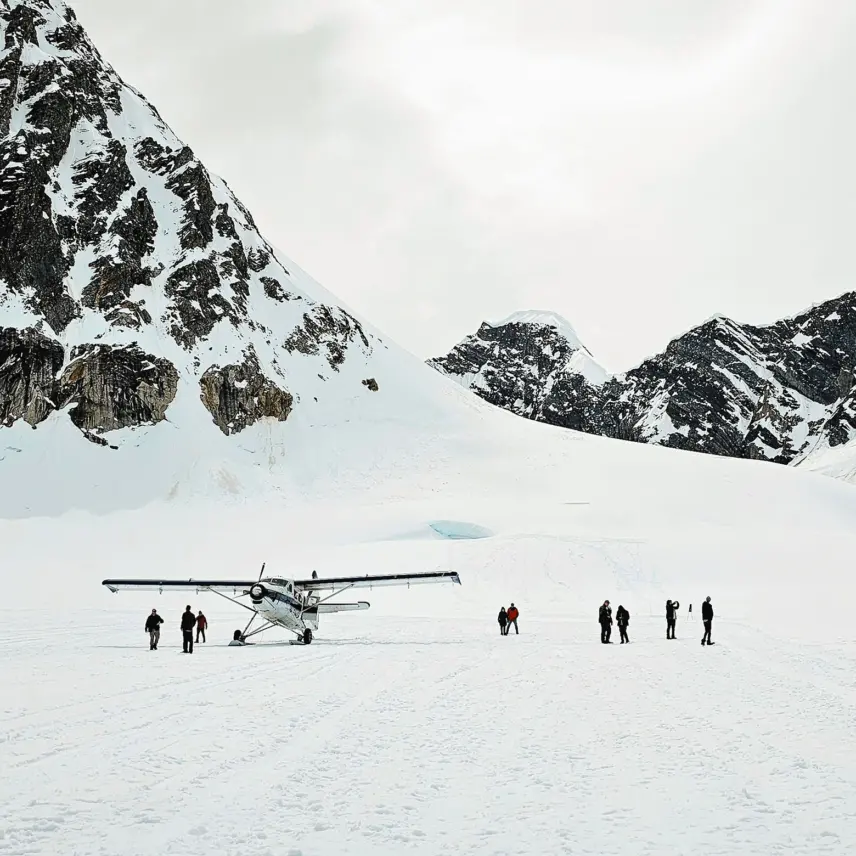
Vision of Alaska (10 Days)
Departures: Aug
One of our two shoulder season tours—spend eight days immersed in rugged beauty, with the perfect balance of relaxation and adventure.
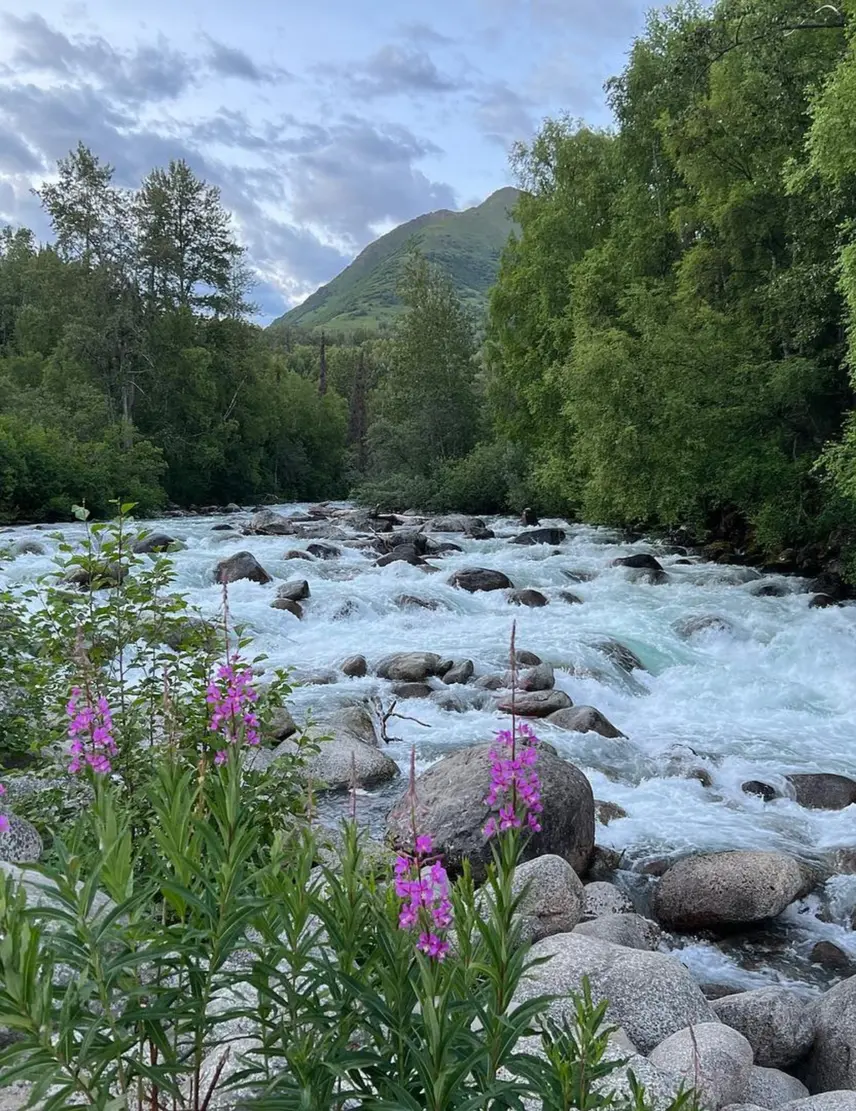
Essence of Alaska (6 Days)
Departures: May, Jun, Jul, Aug
Experience the majesty of Alaska in six thoughtfully designed days of engaging activity, rugged beauty, and comfortable sightseeing.
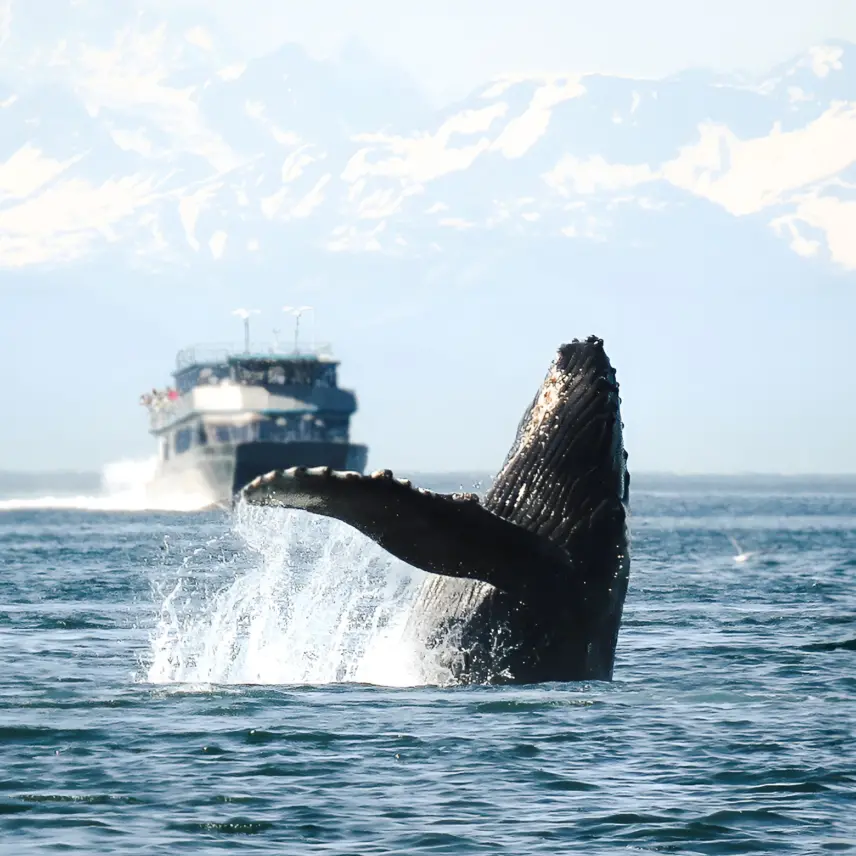
Pride of Alaska (7 Days)
Departures: May, Jun, Jul, Aug
Enjoy an abundance of beauty, all in one week. This tour features remarkable scenery, wildlife viewing, whale watching cruises, and much more.